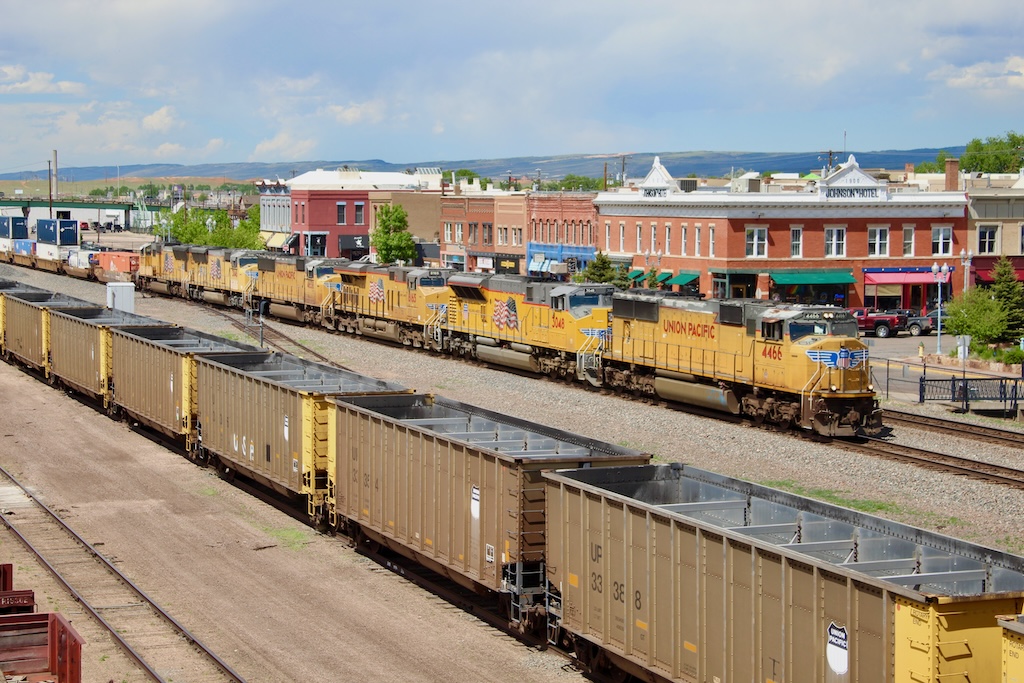
OMAHA, Neb. — Union Pacific will launch faster domestic intermodal service next month linking California’s Inland Empire with Chicago.
UP says the new high-priority Z-train service between its Inland Empire Intermodal Terminal and Global 2 in Chicago will be up to 20% faster “than current industry options,” with a transit time of just over three days.
“As we continue expanding IEIT, this service will deliver consistent, reliable, and truck-competitive transportation, challenging the norms of over-the-road shipping and competing head-to-head with team driver truck services,” Kenny Rocker, UP’s executive vice president of marketing and sales, said in a statement.
A BNSF spokesman says the railway’s fastest Z-train schedules from San Bernardino, Calif., to Chicago are 49 hours.
UP’s new trains will launch on Sept. 3, initially offering service five days per week. The hotshots will run on the LA&SL from the Inland Empire to Salt Lake City, and from there to Chicago via the Overland Route.
The faster schedule is among several UP has launched since Jim Vena became CEO in August 2023. UP has slashed transit times by two days for its premium domestic Z trains that link Southern California with Chicago. It also took a full day out of the Eagle and Falcon Premium service that links Mexico with Chicago and, via Canadian National, Detroit and points in Canada.
UP opened the Inland Empire terminal in 2021 with a capacity to handle 45,000 lifts per year. The terminal, adjacent to the West Colton hump yard, has since been expanded to 120,000 annual lifts.
The Inland Empire terminal location is key for UP. Containerized imports are trucked from the ports of Los Angeles and Long Beach to Inland Empire warehouses for transloading into domestic containers before riding the rails to inland destinations.
The West Colton terminal is within 10 miles of most of the 625 million square feet of warehouse space in the Inland Empire. Previously, UP’s nearest terminal in the Los Angeles Basin was 37 miles away at City of Industry.
By reducing the dray distance, the Inland Empire Intermodal Terminal reduces customers’ costs and allows UP to compete more effectively with BNSF’s busy — and much larger — San Bernardino intermodal terminal just a few miles away. San Bernardino handles more than 2,000 containers per day, or more than 730,000 annually.






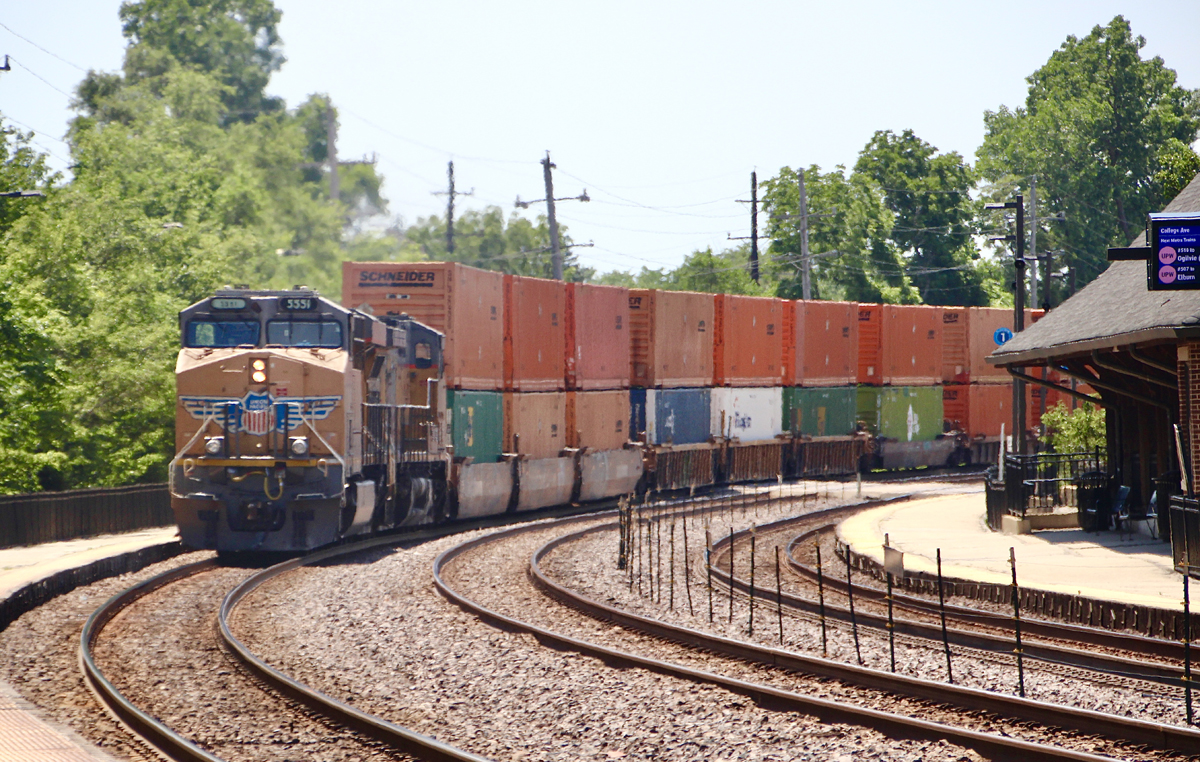
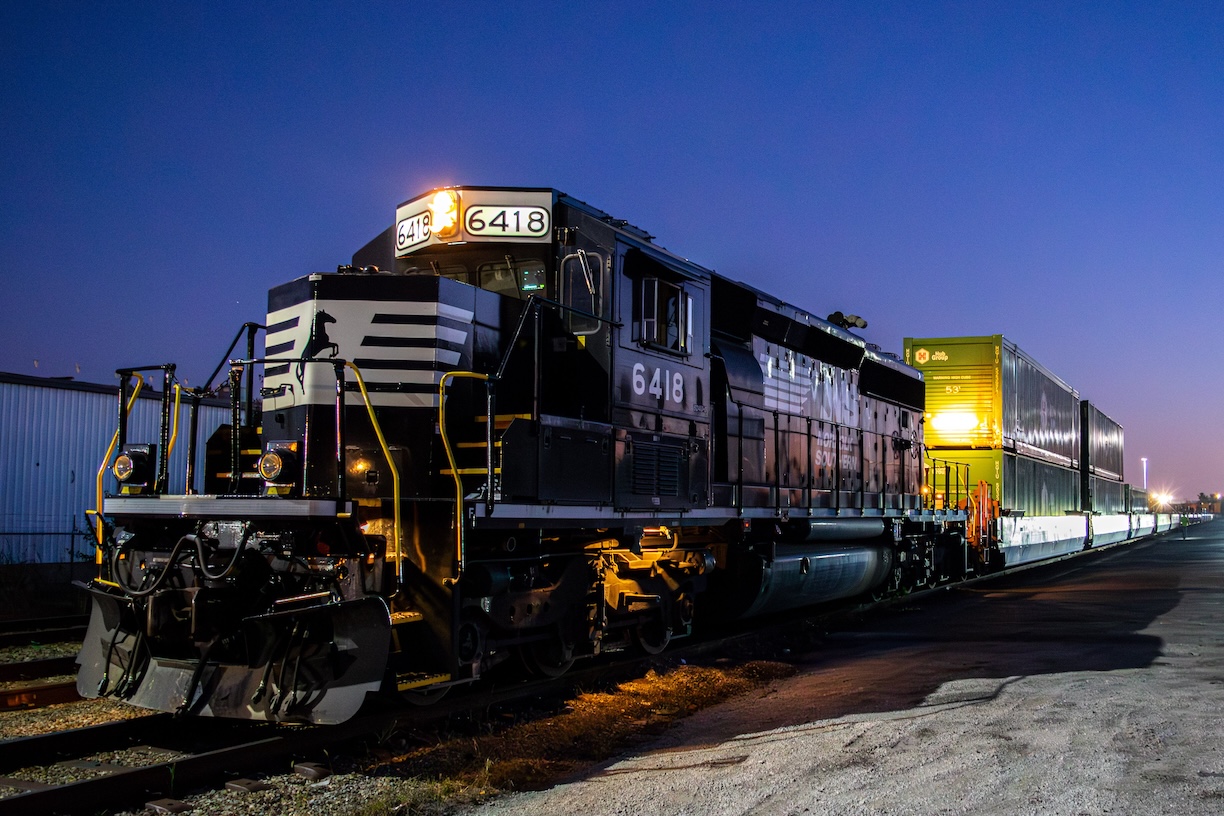

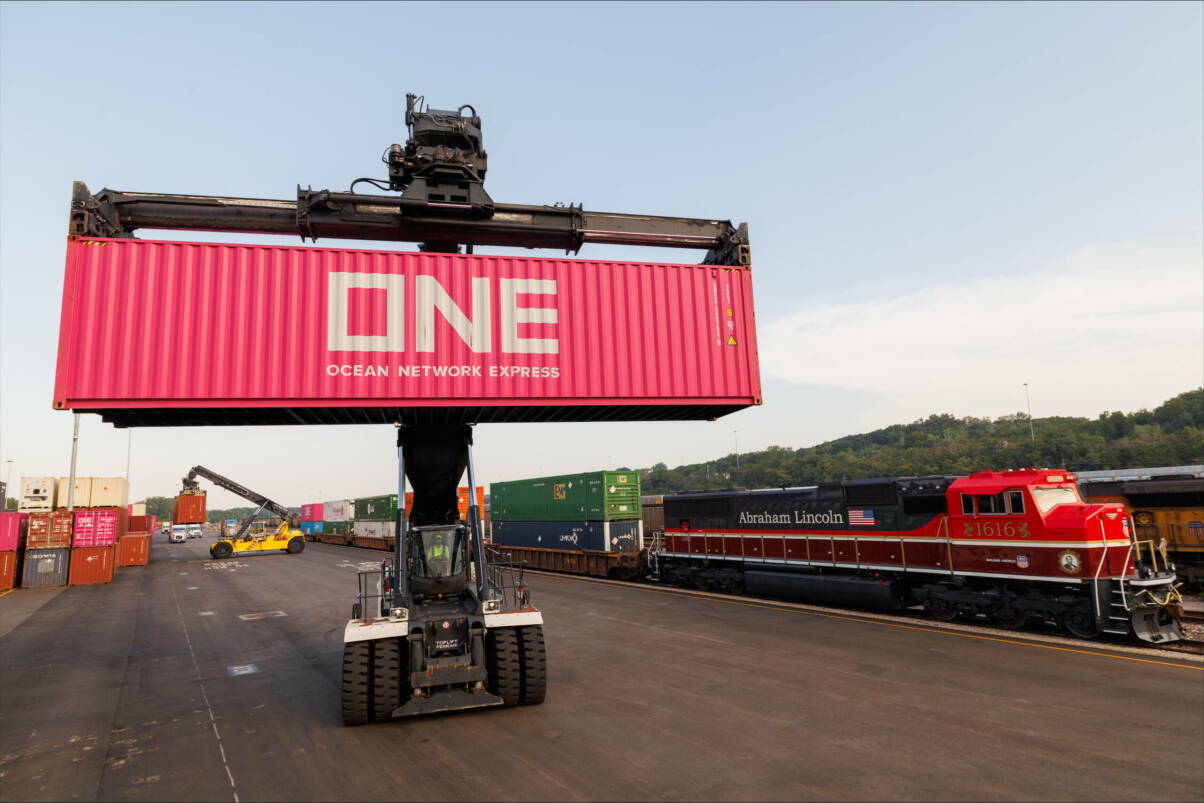
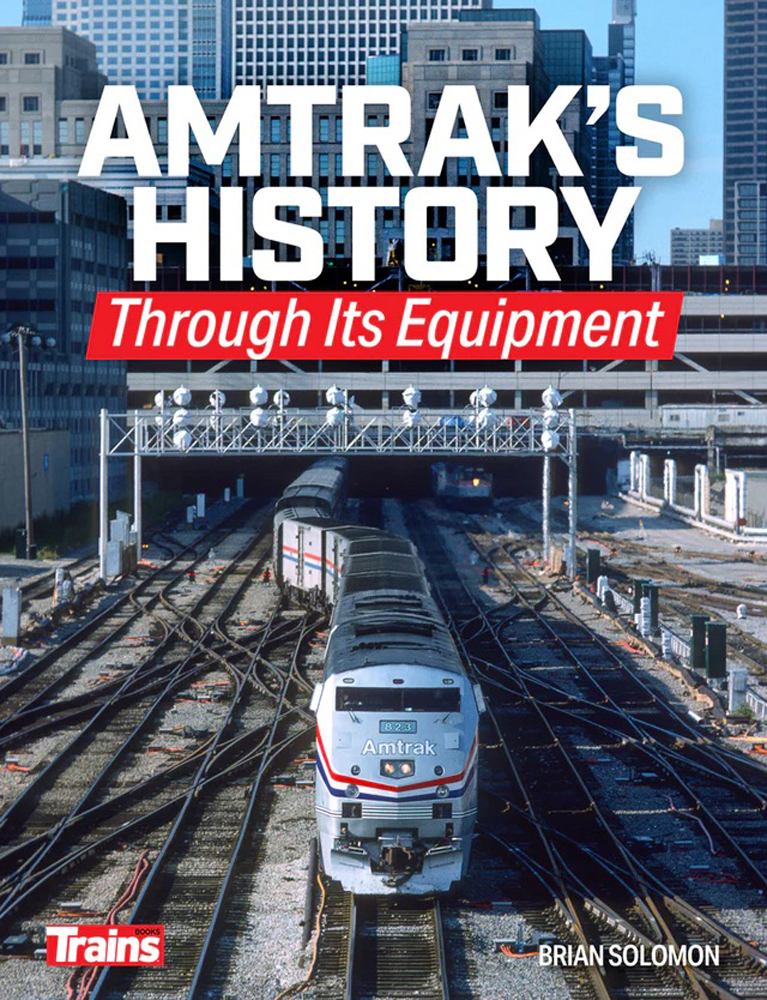
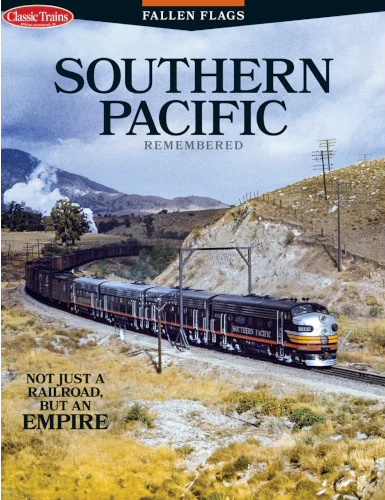
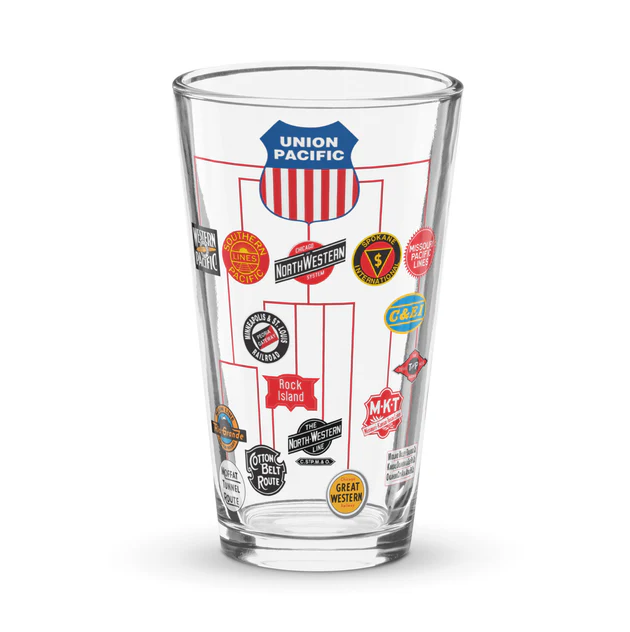
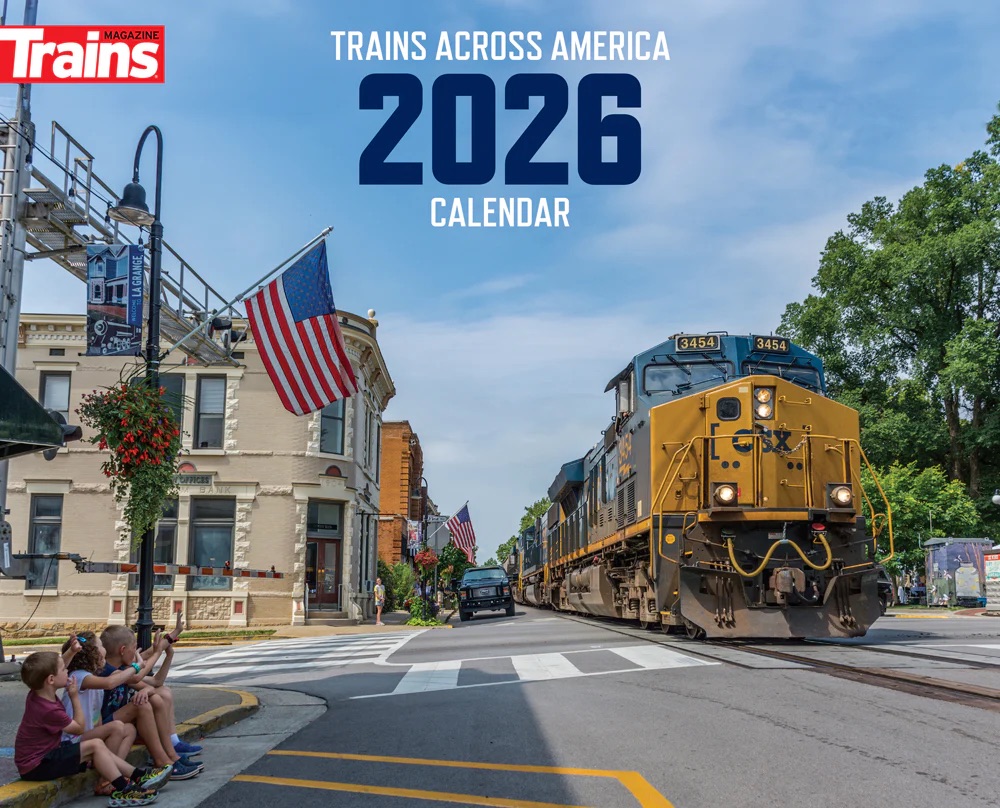
Amazing news indeed… Let’s recall that trucks move more than 70% of the nation’s freight but that share has been targeted by rail companies for the last several years. Even trucking companies like Schneider and J.B. Hunt have pledged to move more truck freight via rail.
Dr. Güntürk Üstün
It does seem to me that the Golden State route would be faster, at least if they used BNSF east of KC. They built a connection from the BNSF to the former CNW at Edelstein, IL, which would allow them to get to the terminals on the former CNW, but I never see them use it. They could also stay on the BNSF to the terminal south of Joliet.
At one time UP was running 2-3 trains a day, each way, on BNSF, between KC and Chicago. However BNSF increased the trackage rights fees, so UP took all trains off the BNSF EXCEPT the ZCIG4/ZG4CI pair. Since Global 4 is located near Joliet it made sense to keep that pair on BNSF east of KC.
Global 2 is located along the ex-C&NW main line west of downtown Chicago, so it wouldn’t be a good candidate to use BNSF east of KC.
Using the Edelstein connection won’t work because UP would still have to pay BNSF trackage rights fees. UP is obviously trying to avoid paying those fees to BNSF.
What would have been even better? If UP had the ex-Rock Island from Blue Island to Allerton, IA via the Brighton Cutoff…
I agree, Braden, and UP & predecessors have had multiple opportunities to buy Rock Island from Allerton to Silvis (or Clinton). RI had trackage rights to Clinton on the DRI line. There was the potential to UP/RI merger, CNW could have bought it when they bought the spine line, or SP could have bought it when they bought the Golden State Route west of Tucumcari. SP could also have bought all of the Chicago, Missouri and Western, not just the Chicago- St Louis line.
Gentlemen, with all due respect I stand by my original comments. I have no way of knowing what Union Pacific may or may not have meant in their original press release. I only know what I read in the News Wire article written by Mr. Stephens. Anything else is pure conjecture and speculation in my opinion.
I did not intend to be disrespectful or to start an argument. I apologize.
Landon
Union Pacific’s math is a bit fuzzy here. Three days by my calculations equals 72 hours while BNSF says their fastest schedule is just over two days at 49 hours. And it will be very interesting to see what UP’s on time performance actually turns out to be. Personally, I am not expecting much here based on UP’s historic performance.
The BNSF Chicago to L.A. mainline is now 99% double track all the way. This is arguably the fastest and finest high-speed intermodal main line in North America. And BNSF also offers a premium intermodal product with a 95% on time guarantee.
And I think JB Hunt’s reputation for quality of service speaks for itself.
BN Santa Fe’s legacy for operating high sped premium trains dates back to the original Super Chief passenger train followed by the Super C, which was America’s fastest freight train for eight years. Both operated on something like a 39-hour schedule between Chicago and Los Angeles.
Check out Fred Frailey’s outstanding article on the Super C in the May 1986 issue of TRAINS Magazine.
UP probably means 3rd day or maybe 3rd morning availability, including loading and unloading the containers from the railcars. Actual running time would be faster than 3 days. I think BNSF’s 49-hour service allows 3rd morning delivery.
UP’s math is not fuzzy Mr. Giblin.
The current LA Basin to Global 2 train pair are the ZLCG2/ZG2LC, currently routed via Tucson, Tucumcari and KC. Neither train runs on BNSF trackage rights KC – Chicago (only UP trains currently using BNSF trackage rights, KC – Chicago, are the
ZCIG4/ZG4CI). Sounds to me the routing is being changed to via Las Vegas, Green River, North Platte, unless UP plans to run an entirely new train out of West Colton. TBD.
There is little doubt Hub Group is at least partially behind the move. Schneider and Swift will follow along.